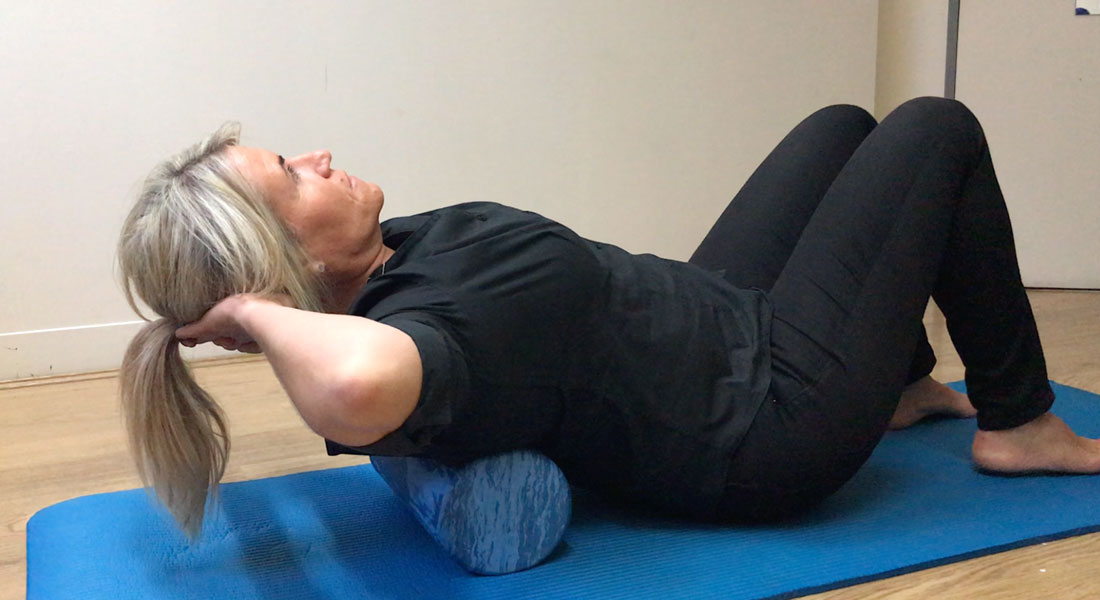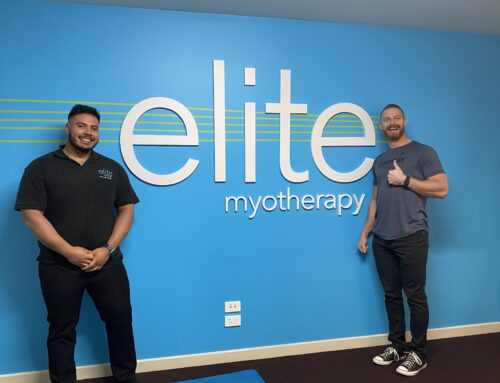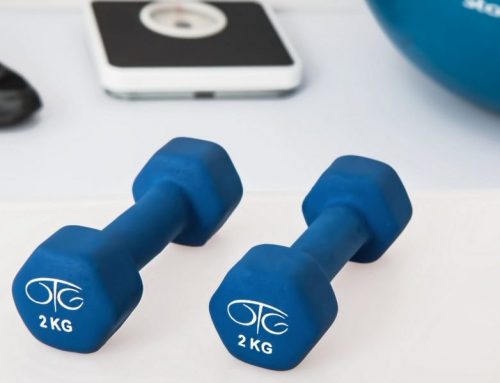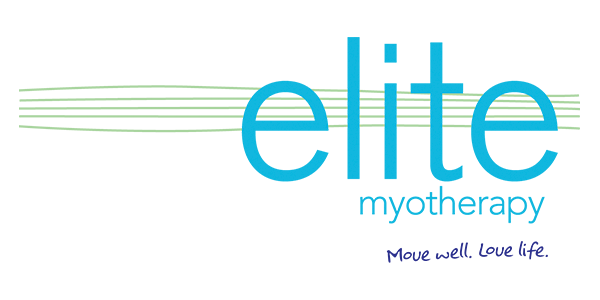A foam roller is a cylinder made of compressed foam which is available in many different sizes with the most common being 15x90cm.
By using a foam roller we aim to affect the muscles and the fascia (tissue surrounding a muscle).
Understanding Trigger Points.
When the body experiences muscle tightness and associated pain, this is usually due to trigger points (‘knots’) being present in the muscle. Trigger points can be caused by injury, inflammation, stress, prolonged immobility and poor posture.
The outcome of trigger points being left untreated can result in an imbalance between the muscles fibres and the fascia that surrounds them.
Understanding Fascia
Tightness within the fascia creates abnormal strain patterns, which can cause poor alignment of the body and its structures. Such pulling of the joints can cause pain and nerve impingement. Fascia connects us from head to toe and provides stability and structure for our body so it is important to take care of it!
Fascia is like a sponge and when applying a pressure onto it, encourages rehydration. When the fascia rehydrates the ‘painful knots’ or trigger points will be lengthened out into a more normal balance.
When fascia is stretched or compressed there are longitudinal changes in the collagen fibres and a lot of water is squeezed out. Within a few minutes the collagen fibres retain their original state and water continues to flood into the tissue at an even higher rate than before leaving the fibres more lubricated and elastic. The body functions properly when there is maximal length tension relationship.
Using the Foam Roller
Depending on the area that you are trying to affect and as long as your body is not placed under strain and is well supported the fascial release should be effective.
Place the roller underneath the muscle you are trying to affect making sure your well supported
Roll continually on the entire length of the muscle for at least 90 secs
After rolling the length of the muscle for 90 secs, you can focus on a section of the muscle that is sorer for another 90 secs.
It will take a minimum of 90 secs for the fascial network to respond, but it is recommended to roll between 3-5 minutes for full fascia release. For maximum results it is advised to stretch following a myofascial release.
Most common areas to release:
- Plantar fascia (sole of foot). This can also be done with a spikey ball under the foot
- Achilles/Calves
- Hamstrings
- Erector Spinae (back muscles)
- Quadriceps (front of thigh)
- Shins
- Peroneals (outer lower leg)
- ITB (outside thigh)
- Abductors (inside thigh)
- Gluteals
Foam rolling can be uncomfortable at first, but with time and frequency it becomes easier.
If you experience any of the following, STOP and reassess your position on the roller:
- Pins and needles
- Hot, shooting pain
- Referred pain somewhere totally different in the body.
If you have continual pain the body will tense and no release will happen.
By Justine White – Myotherapists







